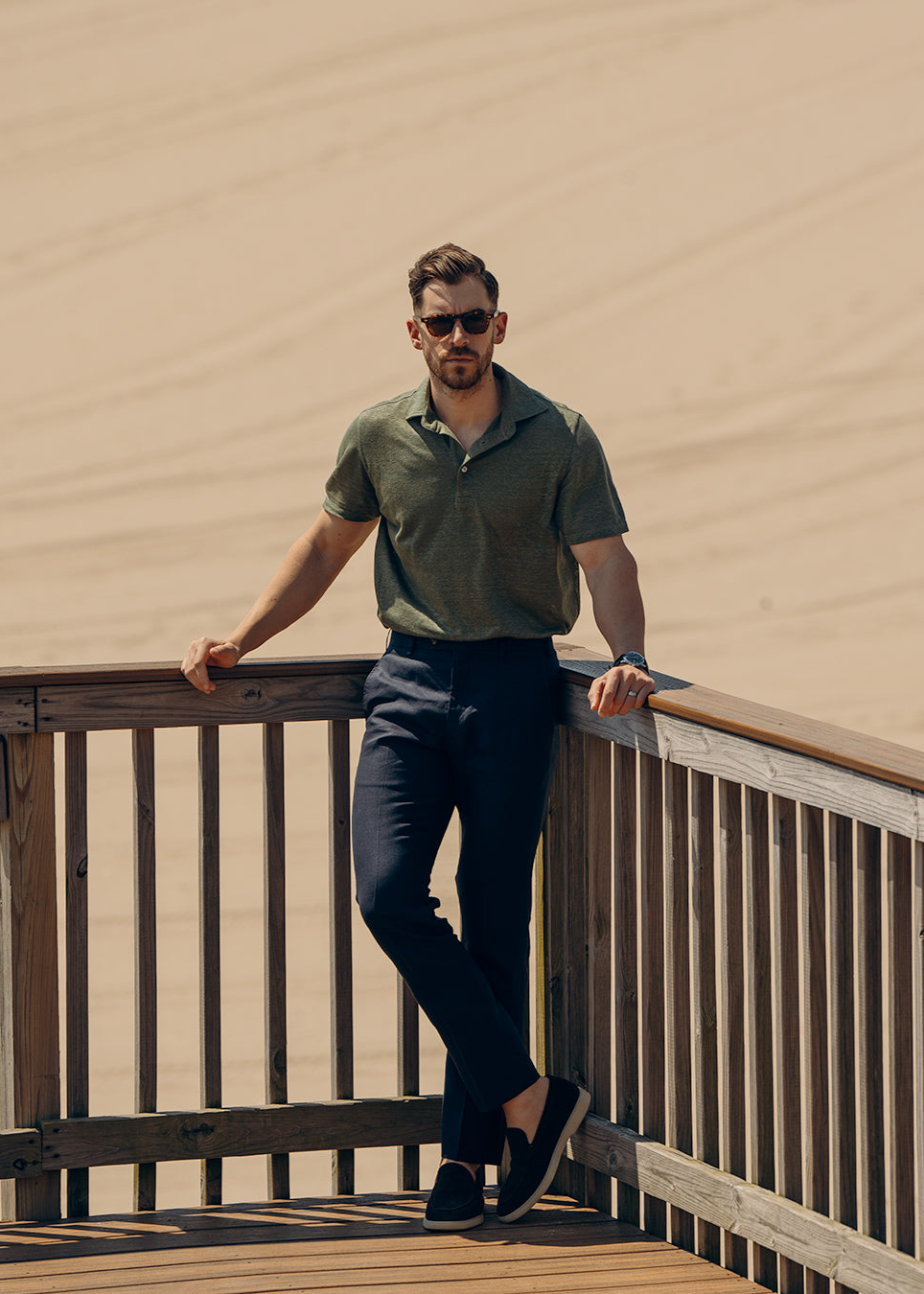
I was first introduced to cufflinks when I was 12 years old. I had bought a dress shirt from Brooks Brothers and, instead of having button cuffs, this shirt had two weird rod like fabric objects that felt smooth and looked cool, but didn't seem to be of any use. So, I threw away the two “rod like fabric objects” and when it came time to wear the shirt, quickly realized what cufflinks were and the function they serve.
Since that time, I developed a healthy dose of respect and a good deal of fascination for and joy of them. They are a great way to add fun to an outfit that could otherwise be so formal and they've got a history that even Ben Stein couldn't transform into a boring lecture. Bueller? Bueller? Anyone?

Today, cufflinks are not thought of as the “everyman's” accessory. They are thought of as a luxury good that only the rich, famous, and fashion conscious bunch wear. But cufflinks were actually popularized in the 19th century as the aristocratic classes were losing their power and there was a newly created, and quickly growing, middle to upper working, class. These “everymen” wore suits, ties, and heavily, heavily starched shirts, everyday, to work but soon discovered that there was a problem with this uniform, specifically these heavily starched shirts. The shirts were so starched that the cuffs couldn't be held together, or “buttoned together,” by a button. And thus the cufflink was born.
But at first, though not just for the elite, cufflinks were still only worn by the middle and upper class working population. Plus, at first, cufflinks were boring. They were one color, plain, did the job but didn't make any hearts beat faster. etc. But as a result of the whole industrial manufacturing boom, and the spread of mass production techniques in general, cufflinks became accessible at all price points, and to everyone. They then took off and became the norm for a good period of time. Furthermore, the Prince of Wales began wearing colored cufflinks, and even cufflinks with gemstones. And so began the cufflink's wild ride, with the 1920s being one of the most epic times for those in the cufflink world.
But the wild ride came to a halt in the 1970s, when cufflinks just didn't fit into the wardrobes or lifestyles of the trendmakers of the generation. And since that time, cufflinks have become more prevalent, but have been more closely associated with “traditional values and beliefs.”
Today, this anti-everyman sentiment is still largely felt by most people, and that is a disservice to us all because in my opinion, not only do they have a fascinating past, they are also a great way to add fun to an outfit that can be so formal. A great way to color outside the lines without even trying to.




